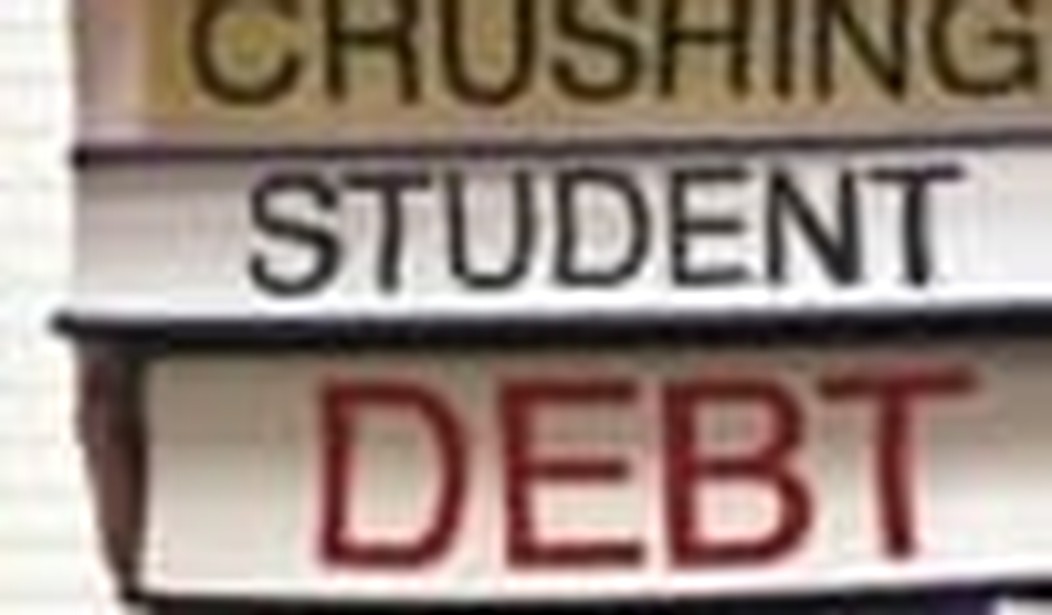It is actually happening: the U.S. Department of Education is preparing to impose “gainful employment” regulations on for-profit colleges. These rules require that before students can receive federal grants or student loans at for-profit colleges, graduates of those schools have to be employable in the fields for which they have trained.
I currently teach at a public community college. I have taught at a state university and at a for-profit technical school. There is nothing improper about the idea of a for-profit educational institution — but for-profit institutions have a different, sometimes troublesome set of incentives that aren’t shared by public or non-profit private colleges.
Employees of for-profits often have bonus or stock option arrangements associated with the corporation’s performance (and sometimes even with a particular campus’ profitability). This can create incentives to mislead or overstate how effective the training will be. PBS had a disturbing Frontline last year, “College Inc.”, that showed examples of for-profit colleges using distasteful techniques to lure in students — more akin to loan sharking and used car sales than education. This is especially worrisome because the student is usually paying his tuition with federally insured or direct federal loans, government grants, or G.I. Bill benefits. The for-profits have strong incentives to get students in the door and to pay the tuition. There is no financial downside if, after playing “Pomp and Circumstance,” those students end up with no job but keep the huge loan payments.
Let me be clear: Public institutions and private non-profits also turn out plenty of graduates who can’t get jobs — especially right now. The incentives are not quite as direct, but a college president with 20,000 students gets a higher salary than a president with 5,000 students. The fact that the Department of Education thinks that this problem only applies to for-profits suggests that there are other incentives in play here besides just concern for students.
For example, for-profits are usually not unionized, while public colleges usually are. More directly, and unsurprisingly (considering that this is the Chicago Mob Administration), “a Wall Street short seller with no background in education” was a witness in Congressional hearings looking into this problem. It appears that someone might have been planning the short selling of for-profit colleges, while persuading the Department of Education to impose regulations that would impair their profitability. The Department of Education’s inspector-general is looking into this very convenient coincidence.
For-profit colleges like to say that they are working with an “at risk” population. This is a polite way of saying that there are many black, Hispanic, and white students from lower socioeconomic backgrounds who have little chance of being successful in a conventional college with conventional academic expectations. My teaching experience at a for-profit generally fits this. I had a number of students who were in over their heads when they were in high school. As near as I could tell, the other instructors where I was teaching were trying as hard as I was to provide useful job skills, but Ovid’s famous aphorism — “the workmanship exceeded the quality of the materials” — still came to mind.
I had students that caused me to wonder what they were doing there. One student took a state and local government class from me twice and failed both times. She was reasonably intelligent. She would have done fine in a community college. But she only turned in a few assignments. I finally asked my supervisor what was going on with this — these classes were not cheap. She told me that this girl would almost certainly continue to fail classes until she exhausted her student loan money, drop out, and then start paying $500 a month in loan payments — for a program that she did not complete.
Another student was a short-haul truck driver. Writing at about a seventh grade level on a good day, he was in a program called Criminal Justice Administration, theoretically preparing students to become police officers or work in criminal forensics. By his own admission, he graduated near the top of his high school class even though he was barely literate because he had a 98 mph fastball, and teachers knew better than to demand anything out of the high school’s star athlete. He was a good person, but I cannot see how he had any hope of working as a police officer. At best, he might become a heavily indebted security guard.
Teaching was not always a disaster. I taught an intermediate computer class that had a bunch of recently returned Iraq and Afghanistan veterans. While many of these young men were highly motivated, only a couple of them would have survived the academic demands of a community college. I believed that most of them would be able to do computer repair and troubleshooting when they completed the program — assuming there were any jobs when they graduated.
Here’s a harsh truth that few people want to hear: the government needs to stop subsidizing post-secondary education in the shotgun way that it does now. I really believe in the merits of a traditional liberal arts education — but it needs to be done in high school, where we used to do it. The government should not be making grants or loans for the overproduction of degrees in medieval French literature, history, psychology, or any of the other degrees for which there are few jobs. Nor should it be funding students who lack either the ambition or the ability to complete an educational program, whether at a for-profit institution, a non-profit private college, or a public university.
This country is about to go bankrupt. There are students out there who, to be blunt, are unqualified to be shift manager at McDonald’s. They are wasting the federal government’s grant money, and they are getting themselves in way over their heads with tens of thousands of dollars in student loans that will eventually be cleared only when they die of old age. Along the way, they will have suffered continual torment from having to service these loans. At the same time, by creating an artificial demand for education, these unqualified students are making it that much more expensive for those who might benefit from a technical or trade school. Stacked up against this grim reality, the abuses on display at America’s for-profit colleges virtually pale in comparison.









Join the conversation as a VIP Member